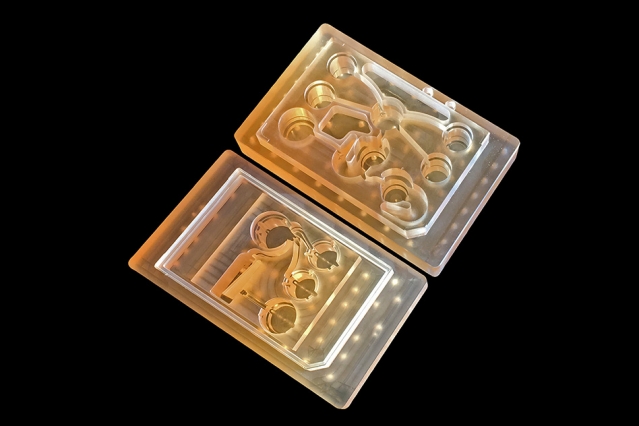
- Inspiring People -
- 2mins -
- 230 views
Could this organ-on-a-chip one day replace animals in medical testing?
Microchips lined by living human cells that can mimic key functions of organs in the human body have many advantages, not least the potential to save innumerable animals from controversial laboratory testing.
More realistic and accurate “human” organs-on-chips
Researchers around the world are developing microchips lined by living human cells that could revolutionise drug development, disease modeling and personalised medicine. The chips can be individually designed to more accurately and realistically replicate specific functions within different organs of the human body.
‘organs-on-chips’ offer a potential alternative to traditional animal testing
Clinical studies can take years to complete and testing just one compound can cost more than $2 billion. Meanwhile, innumerable animal lives are lost, and still the process often fails to predict human responses because traditional animal models often do not accurately mimic our human pathophysiology.
For these reasons, there is a broad need for alternative ways to model human diseases in vitro in order to accelerate the development of new drugs and advance personalised medicine.
Researchers at the Wyss Institute, along with a multidisciplinary team of collaborators, have engineered microchips that mimic the microarchitecture and functions of living human organs, including the lung, intestine, kidney, skin, bone marrow and blood-brain barrier. These microchips, called ‘organs-on-chips’, offer a potential alternative to traditional animal testing. Other laboratories worldwide are having succes with similar research and development of ‘organs-on-chips’.
Source: WyssInstitute/Harvard.edu

Multi-organs on chips replicate human organ interactions
While developing organs on chips has already proved useful for testing certain treatments, in order to definitely replace animal testing or to generalise personalised medicine, it is necessary to link the organs together.
When developing a new treatment, for example, it is necessary to make sure that it won’t have any ill effects on the rest of the body. For instance, in order to test medicine, the main organ is usually linked to a liver on chip, so as to test out the hepatotoxicity of the medicine
Those multi-organs systems have also allowed researchers to study absorption and metabolism, on top of the efficiency of four treatments over cancer. Researchers also paired gut and liver cells with breast cancer cells, in order to study the route of the samples tested in the setup. Two years later, they improved their setup by adding gastric acid to simulate stomach digestion of a treatment taken orally.
Tumours-on-chips: with the growing success of organs on chips, researchers have started to develop tumours on chips. The goal was to mimic the micro-environment in which cancer cells interact, physically and chemically. It would then be possible to study the survival and proliferation of malignant cells. Research to reproduce tumour environment is much faster than for other chips. Those tumours-on-chips are especially interesting when linked to other organs-on-chips, as in the systems described above.
Source: Elveflow

